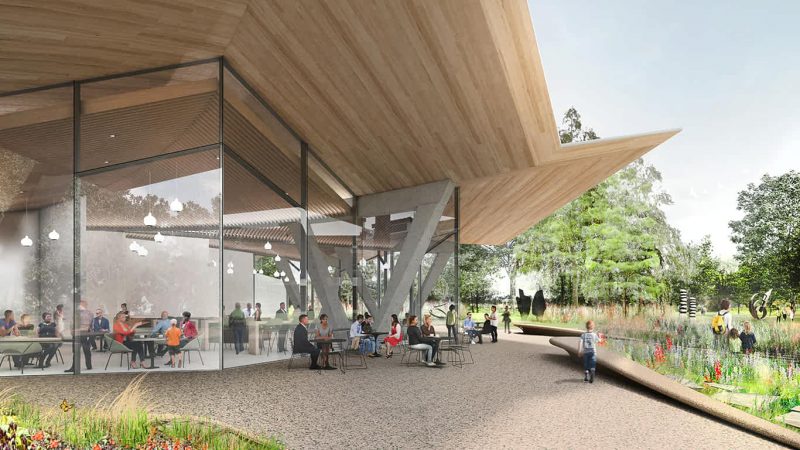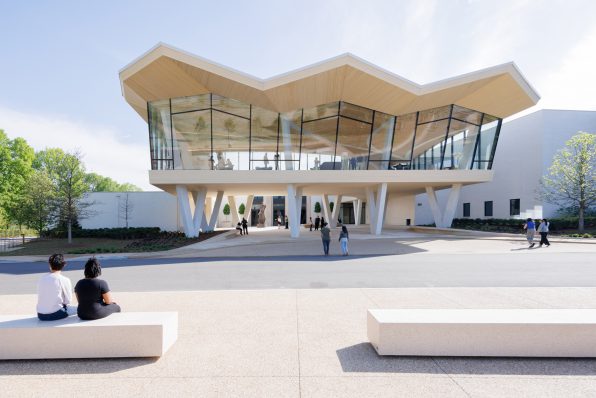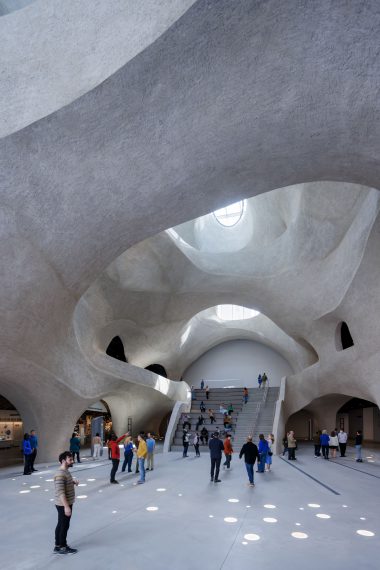ARCHITECT Magazine — "Making Space for Innovation"
“The hope is that when there’s a school group that’s coming to see a play in the theater, that they’ll see into the art school and maybe want to take a class; or see the sculptures, and decide to walk through the galleries for a cross-fertilization between the programs that should have a very big impact on the visitors.”
“Two new design projects, each with women-led firms at the helm, prove that when it’s time for an update, legacy institutions can better serve their communities when architects bring innovative designs to the table and use the surrounding landscape as a prime source of inspiration. . . .
The Arkansas Arts Center has been a cultural staple in the local community since the 1930s. ‘We always say that the AAC has been a victim of its own success,’ says Juliane Wolf, AIA, design principal and partner at Studio Gang (led by Jeanne Gang, FAIA), who is leading the center’s redesign. ‘It has something a lot of cultural institutions are struggling to gain, which is a really robust programming that engages a multitude of communities, but the existing facility doesn’t have a unified identity—or, it certainly doesn’t have an identity that suggests the exciting things happening on the inside.’ . . .
Reconnecting the currently incoherent sections of the center is the crown jewel of the project: a thin folded-plate concrete structure, dubbed the ‘blossom.’ It runs atop the center from the north to the south and reaches into MacArthur Park, offering a new axis of connectivity.
“The blossom provides a more intuitive visit, where people know where they’re going; or if they come in for the first time, the space will be very welcoming,’ says Victoria Ramirez, executive director of the Arkansas Arts Center.
Beyond affording a more holistic design, Studio Gang is adding a glass-enclosed space dubbed the ‘cultural living room’ where people can read and enjoy a cup of coffee, socialize, or host events—further solidifying the AAC’s position as a hub for the community. Beneath it will be the north-facing entrance: the original 1937 building, which Wolf says is both a nod to the center’s history and ‘the heart and soul of the structure.’
Ramirez echoes the sentiment. ‘The design is so smart in that our biggest disadvantage in the old building will become the biggest advantage of the new building,’ she says. ‘In so many ways, this building is the future of where art museums are going—needing to be spaces for people as much as art.'”


